Harvesting Squash, When and How to Harvest
The rule for harvesting squash is pick summer squash and zucchini early and often, while they're small, but leave winter squash on the vine till the vines die back in fall.
|
© Steve Masley…Click IMAGE to Enlarge |
Harvest summer squash while small, before their skins harden and their cores get pithy and full of seeds. Zucchini should be harvested at 6-8" (15-20cm), pattypans at 2-3" (5-8cm) across. In warm weather and with adequate water, summer squash and zucchini double in size in a day or two, so ‘when in doubt, cut it out’.
Young summer squash, harvested fresh, are succulent and delicious, and will stay that way for at least a week, if you wash them, dry them quickly, and place them in a plastic bag with a half strip of paper towel, then store them in your vegetable crisper.
The paper absorbs moisture that would otherwise condense inside the bag, causing soft rots or mold where it's in contact with the plastic.
Top of Harvesting Squash Page
|
Summer Squash Varieties
Winter Squash Varieties
|
Growing Squash
Growing Squash in Containers
|
Roasted Winter Squash
You can harvest winter squash any time after they’ve reached mature size, but they'll develop more sweetness if left on the vines till the leaves start dying back in the fall.
Harvest buttercup or kabocha squash after they achieve their characteristic blocky shape.
|
The Squash on the Right is Ready to Harvest, the Squash on the Left is Still Growing © Steve Masley…Click IMAGE to Enlarge |
The skin color should fade from a bright green to a duller, greenish-brown shade, and the stems will become corky. The stripes will fade from light green to grey-green, and become narrower.
Buttercup or kabocha squash with green stems, rounded contours, light green skin, and wide, light green stripes are still growing and should be left on the vine to size up.
In the photo above, the squash on the right is ready to harvest, but the squash on the left is still growing.
|
Green Stem on this Butternut Winter Squash Mean this Squash is Still Growing © Steve Masley…Click IMAGE to Enlarge |
Harvest butternut squash when the skin is too hard to dent with a fingernail. The skin should be a uniform tan color, although there may be some faint green stripes. The stems will turn from green to greenish-yellow or brown and become hard and brittle.
When you're harvesting squash like these, cut the squash from the vines with a pair of hand pruners, leaving an inch or so of stem. Lay them out on the ground in a sunny spot and allow them to cure in the sun for a few days.
Rotate them every couple days, and watch for signs of sunscald on really hot days. After a week or so of curing, store the squash in cool, dry shade.
Winter squash become sweeter after a hard frost or two, but harvest them and cure them under cover if temperatures drop into the high 20’s (-5 C).
Acorn squash keep for 2-3 months after harvest. If they start turning yellow, use them immediately, because they lose sweetness and flavor rapidly at this stage.
Winter squash should be stored cool, dry, and dark, with good air circulation around them. Most winter squash become sweeter after a couple months of storage, and can be kept for up to 6 months if stored properly. Buttercup squash store for 4-6 months. Butternut squash store for up to 9 months. Both are at their best at 2-4 months in storage.
Top of Harvesting Squash Page
|
Summer Squash Varieties
Winter Squash Varieties
|
Growing Squash
Growing Squash in Containers
|
Roasted Winter Squash
The recipe below features buttercup or kabocha squash, but works for any type of winter squash, including pumpkins. The secret to getting a beautiful carmellized rim is to use only a small amount of water in the dish, so the squash roasts for the last half hour, instead of steaming.
Copyright © 2009-2020, by Steve Masley, Grow-it-Organically.com
All rights reserved
HOME | About Us | Contact Us | Privacy
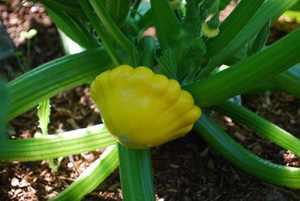

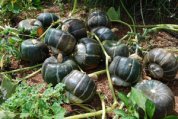
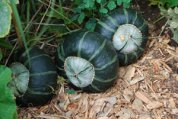
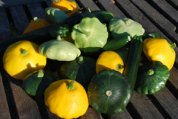
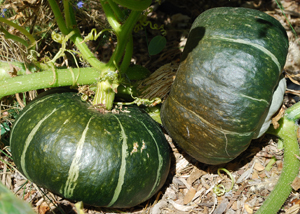
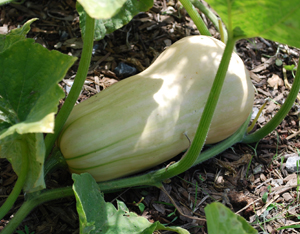
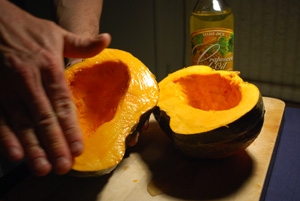
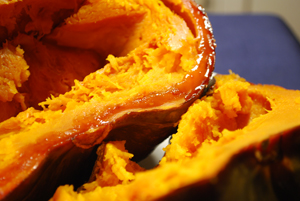
New! Comments
Have a question or comment about what you just read? Leave me a comment in the box below.